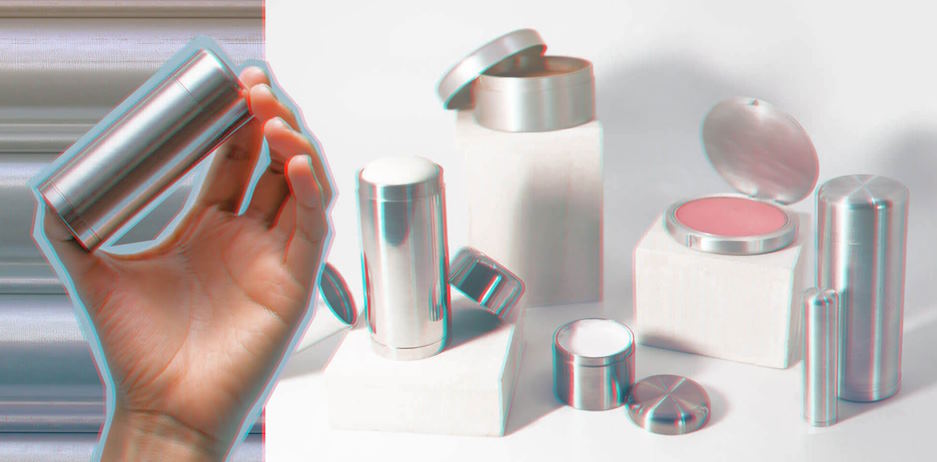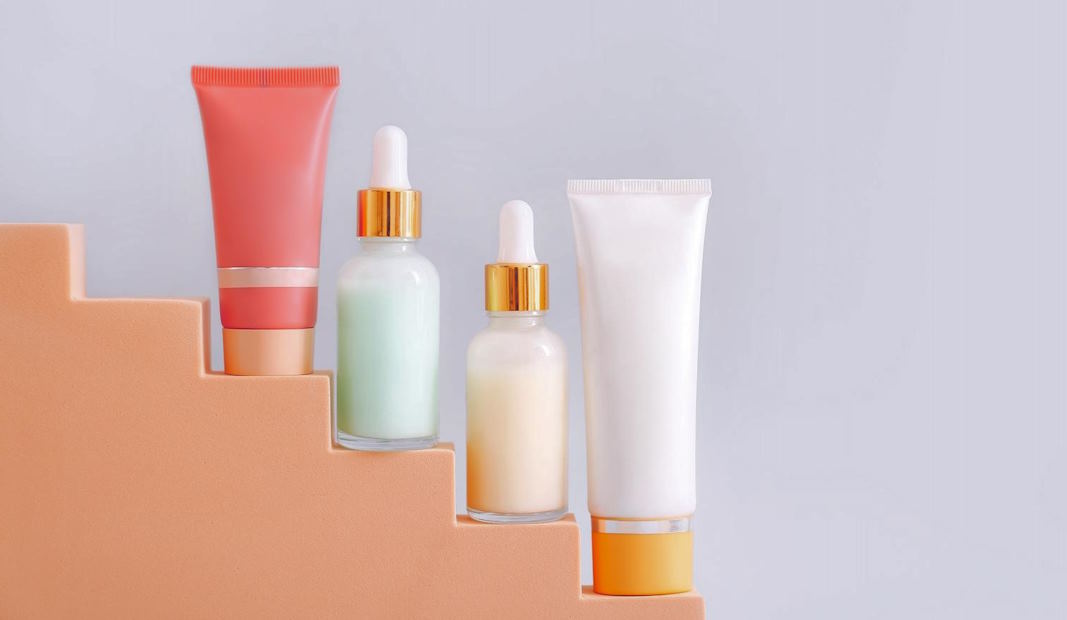Sustainable Packaging Solutions in Beauty Products
Have you ever paused to consider the lifespan of that pretty plastic bottle once you’ve finished the last drop of your favorite moisturizer? Traditional packaging, often made from non-recyclable materials, contributes significantly to the growing waste crisis. The beauty industry, with its penchant for luxurious, often excessive packaging, plays a notable role in this environmental challenge. However, the tides are turning as more brands and consumers embrace sustainable packaging solutions. Let’s dive into the various options available, from biodegradable materials to refillable containers, and discover how we can all make more eco-conscious choices in our beauty routines.
Why Traditional Packaging is Problematic
Let’s start by examining the problem with conventional packaging. Most beauty products come wrapped in materials like plastic, which are not only non-biodegradable but also difficult to recycle. Think about your morning routine: the plastic bottle of shampoo, the tube of toothpaste, the plastic compact for your foundation. Each of these items, once disposed of, adds to the growing mountains of waste in our landfills and oceans.
Plastic packaging, in particular, is a major culprit. It’s lightweight and durable, which is why it’s so widely used, but these same qualities make it incredibly persistent in the environment. A plastic bottle can take up to 1,000 years to decompose, and as it breaks down, it fragments into microplastics, which are tiny particles that can end up in our water supply and even our food chain. It’s a bit like a horror movie villain that just won’t die!

Making the Switch: Sustainable Packaging Solutions
So, how can we combat this issue? The answer lies in sustainable packaging solutions. These options are designed to reduce environmental impact and are increasingly being adopted by conscious brands. Let’s explore some of these solutions:
Biodegradable Options
Biodegradable packaging materials are designed to break down more quickly and safely in the environment. These materials are often plant-based, such as cornstarch or bamboo. For example, some skincare products now come in packaging made from bamboo, which not only looks chic but also decomposes much faster than plastic.
One popular biodegradable material is PLA (polylactic acid), which is made from fermented plant starch (usually corn). It’s used in everything from skincare tubes to product containers. The beauty of PLA is that it breaks down in a composting environment, unlike traditional plastic, which just sits in a landfill for centuries.
Example: Cornstarch Packaging for Skincare
Imagine you’re buying a new face cream. Instead of a plastic jar, it comes in a container made from cornstarch. Once you’ve used up the product, you can compost the container along with your kitchen scraps. This kind of innovation makes a significant difference in reducing waste.
Recyclable Materials
Recyclable packaging is another excellent option. This includes materials like glass, aluminum, and certain types of plastic that can be processed and reused. The key here is to ensure that the materials are actually recycled and not just thrown away.
Example: Glass Jars for Creams and Serums
Glass is a fantastic option because it’s infinitely recyclable. A glass jar can be melted down and reformed into a new jar without losing any quality. Plus, glass has a premium feel, which is a nice bonus for luxury beauty products.
Here’s a quick comparison of some common recyclable materials and their benefits:
| Material | Benefits | Common Uses in Beauty Products |
| Glass | Infinitely recyclable, premium feel | Jars for creams and serums |
| Aluminum | Lightweight, doesn’t degrade with recycling | Tins for lip balms, deodorants |
| PCR Plastic | Reduces need for virgin plastic, recyclable | Bottles for shampoos, conditioners |
Refillable Systems
Refillable packaging takes sustainability a step further by allowing consumers to reuse the same container multiple times. This can significantly cut down on waste and reduce the demand for single-use packaging.
Example: Refillable Compacts for Makeup
Some beauty brands offer refillable compacts for products like foundation or blush. Instead of buying a whole new compact each time, you simply purchase a refill and pop it into your existing compact. This not only reduces waste but can also save you money in the long run.
Minimalist Packaging
Sometimes, the best way to reduce waste is to use less packaging altogether. Minimalist packaging focuses on stripping down the packaging to the essentials, often eliminating outer boxes and using smaller containers.
Example: Package-Free Shampoo Bars
Solid shampoo bars are a great example of minimalist packaging. They don’t require a plastic bottle, and they’re often wrapped in just a small piece of paper or cardboard. Plus, they’re super convenient for travel and can last much longer than liquid shampoo.
DIY Sustainable Packaging
If you’re into DIY projects, there are plenty of ways to create your own sustainable packaging at home. This can be a fun and rewarding way to reduce waste and customize your beauty products.
Tips for Repurposing Existing Containers
Before tossing out your empty beauty containers, think about how you might repurpose them. Glass jars can be cleaned and used for homemade face masks or scrubs. Plastic bottles can be cut and transformed into plant pots or storage containers.
Creating Your Own Beauty Products with Sustainable Packaging
Making your own beauty products is easier than you might think, and it allows you to control both the ingredients and the packaging. For example, you can make a simple sugar scrub with ingredients from your kitchen and store it in a repurposed glass jar. Not only is this better for the environment, but it also ensures that you’re using natural, skin-friendly ingredients.

Brands That Are Making a Difference
Fortunately, many beauty brands are stepping up their sustainability game. Let’s highlight a few that are leading the way with innovative packaging solutions.
Lush Cosmetics
Lush is well-known for its commitment to sustainability. They offer a wide range of “naked” products, which are sold without any packaging at all. This includes solid shampoos, conditioners, and even bath bombs. When they do use packaging, it’s often made from recycled materials or designed to be compostable.
The Body Shop
The Body Shop has long been a pioneer in sustainable beauty. They have introduced refill stations in some stores, allowing customers to refill their existing containers with products like shampoo and shower gel. They also use recycled plastic in their packaging and have committed to becoming a fully vegan brand by 2023.
Ethique
Ethique is a zero-waste beauty brand that offers solid bars for everything from shampoo to facial serums. Their packaging is completely compostable, and they’re dedicated to reducing plastic waste. By choosing Ethique, you’re supporting a brand that prioritizes the planet every step of the way.
Consumer Tips for Sustainable Beauty Habits
As consumers, we play a crucial role in driving demand for sustainable packaging. Here are some practical tips to help you make more eco-friendly choices in your beauty routine.
How to Spot Greenwashing
Greenwashing is when companies falsely claim their products are environmentally friendly. To avoid falling for greenwashing, look for certifications like “Certified B Corporation” or “USDA Organic.” Be wary of vague terms like “natural” or “eco-friendly” without any specific details.
Practical Steps for Reducing Beauty Packaging Waste
- Buy in Bulk: Purchasing products in larger sizes can reduce the amount of packaging waste.
- Choose Refillable Options: Look for brands that offer refillable containers and take advantage of them.
- Recycle Properly: Make sure you’re recycling your beauty packaging correctly. Rinse out containers and check local recycling guidelines to see what can and cannot be recycled.
Supporting Brands with Strong Sustainability Practices
When you’re shopping for beauty products, do a little research to find brands that prioritize sustainability. Supporting these brands helps to drive demand for more sustainable options in the industry. Share your findings with friends and family to spread the word!


